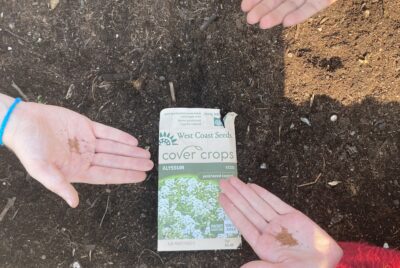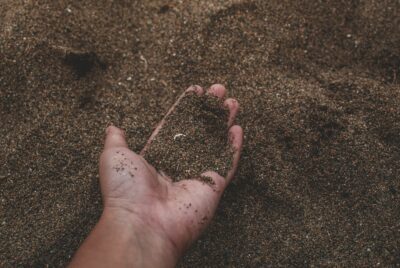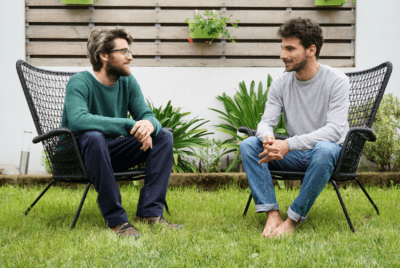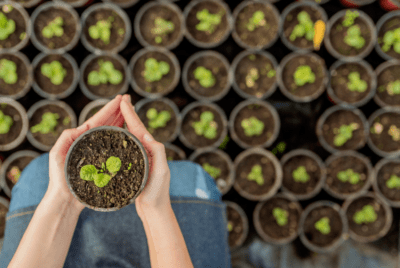RESEARCH
Nature at Home and at Work
Summary
This study explored how different kinds of nature experiences, both at work and at home, relate to employees’ well-being over time. The researchers wanted to see if having indoor plants, window views of nature, spending time in one’s garden, and doing physical activities in natural surroundings had any lasting impact on how happy, energetic, creative, and vigorous people felt at work. To do this, they surveyed 841 employees from various organizations twice, with a one-year gap between the surveys. This type of study, where the same people are asked questions at different points in time, is called a two-wave panel design. By looking at the responses from both time points, the researchers could examine if changes in nature exposure were linked to changes in well-being over the year, and also if the reverse was true (if well-being influenced nature exposure). They also considered other factors like job autonomy, social support, workload, and number of breaks to get a clearer picture.
The study found that frequent physical activity in natural surroundings during free time was linked to greater feelings of vitality one year later. Also, using one’s garden or yard at home was marginally associated with increased happiness over time. Interestingly, the amount of nature at the workplace (like indoor plants or window views) did not show a clear link to the well-being measures in this one-year study. The researchers also explored if well-being at the start predicted changes in nature exposure over the year, and they found some evidence for this, suggesting a two-way relationship might exist. However, a model that assumed these relationships were constantly influencing each other in both directions (reciprocal model) didn’t show stronger results.







